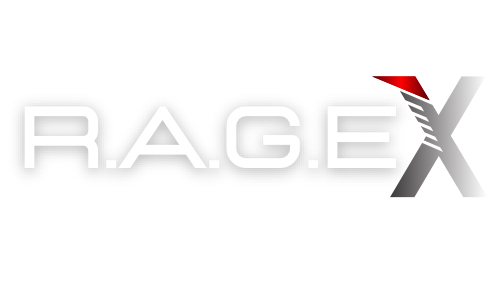Soviet Nuclear Test: Explosion at Semipalatinsk Test Site, September 10, 1956
📍 Location: Semipalatinsk Test Site, Kazakhstan 🇰🇿 (formerly Soviet Union)
On September 10, 1956, the Soviet Union conducted a nuclear explosion at the Semipalatinsk Test Site, which is prominently featured in an aerial photograph capturing the detonation. Known as “The Polygon,” this site in Kazakhstan served as the primary location for the Soviet Union’s nuclear weapons testing program during the Cold War era.

Overview of the Semipalatinsk Nuclear Test:
Background and Significance:
- The Semipalatinsk Test Site was established in 1947 and became the first and most significant nuclear testing ground for the Soviet Union. It was where the Soviets conducted the majority of their nuclear weapons tests between 1949 and 1989.
- The test site covered approximately 18,000 square kilometers and was chosen for its remote location in the steppes of Kazakhstan, which allowed for extensive testing without immediate exposure to populated areas.
- The explosion on September 10, 1956, represents one of the many atmospheric nuclear tests carried out at Semipalatinsk. These tests were part of the broader Soviet strategy to develop and perfect their nuclear arsenal during the Cold War.
Details of the Explosion:
- The aerial image of the explosion shows a nuclear detonation typical of the period, with a clearly defined mushroom cloud and a surrounding shockwave ring. Such imagery was common in showcasing the destructive power and scale of nuclear weapons.
- The exact yield of the explosion remains classified, but tests at Semipalatinsk during this time ranged from several kilotons to over a megaton in explosive power.
- The explosion likely involved a variety of nuclear devices, from fission bombs to more advanced thermonuclear weapons, as the Soviets continued to develop and test increasingly powerful designs.
Impact on the Region and Health Concerns:
- The tests at Semipalatinsk had severe and long-lasting impacts on the surrounding environment and local populations. Radioactive fallout from the tests contaminated vast areas, exposing residents to radiation for decades.
- It is estimated that over 1.5 million people were affected by radiation exposure from the site, leading to increased rates of cancer, birth defects, and other serious health issues among the local population.
- After Kazakhstan gained independence in 1991, the test site was closed, and efforts have since been made to address the environmental and health consequences of the nuclear testing era.
Historical Context and Geopolitical Implications:
- The Soviet Union’s nuclear testing program was a critical part of the nuclear arms race with the United States during the Cold War. The Semipalatinsk Test Site became a focal point for Soviet nuclear development and served as a demonstration of the USSR’s growing nuclear capabilities.
- These tests were not only scientific experiments but also political statements, showcasing the Soviet Union’s determination to maintain nuclear parity or superiority in the global power structure.
Legacy and Modern-Day Relevance:
- Today, the Semipalatinsk Test Site is a reminder of the nuclear arms race and the dangers associated with nuclear weapons development and testing. The area has been subject to international monitoring and remediation efforts to reduce the lingering effects of radiation.
- Kazakhstan, as the inheritor of the site, has since become an advocate for nuclear non-proliferation and disarmament, joining international efforts to ban nuclear testing and promote nuclear safety.
The nuclear explosion on September 10, 1956, at the Semipalatinsk Test Site remains a significant event in the history of nuclear weapons testing and Cold War geopolitics. The image of the detonation serves as a stark reminder of the destructive power of nuclear weapons and the human and environmental costs of their development.
NuclearHistory #ColdWar #Semipalatinsk #Kazakhstan #RadiationImpact #Geopolitics #NuclearTesting
- Death toll from earthquake in Myanmar rises to at least 1,644, junta says
- xAI Acquires X in $45 Billion AI-Social Media Deal
- The State Department is officially shutting down USAID
- Thai prime minister declares state of emergency in Bangkok
- Israel Threatens to Strike Beirut Neighborhood Amid Mass EvacuationsThe Isr…
S Security: Your Trusted Source for Global Conflict and Safety Analysis
For more in-depth reports on nuclear history, global conflicts, security strategies, and military operations, visit cissecurity.net and cissecurity.pro. Reach out at info@cissecurity.net for expert analysis and consultation.










